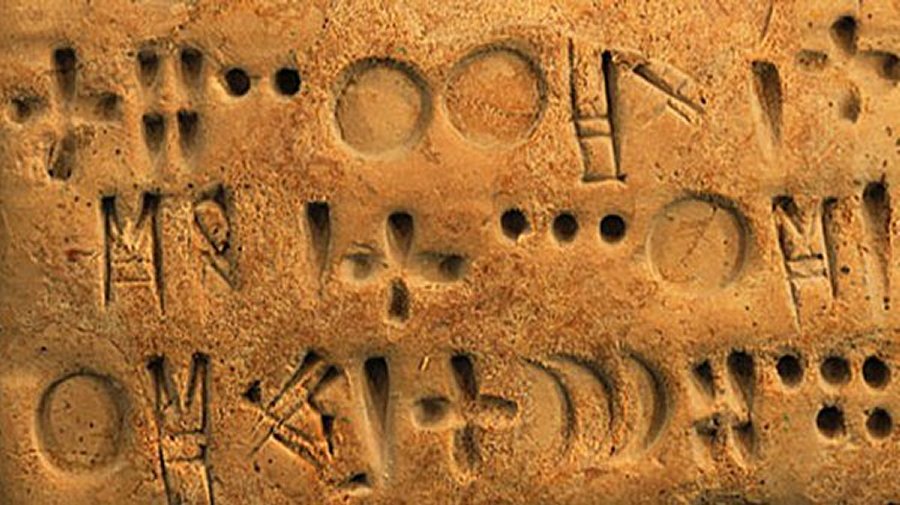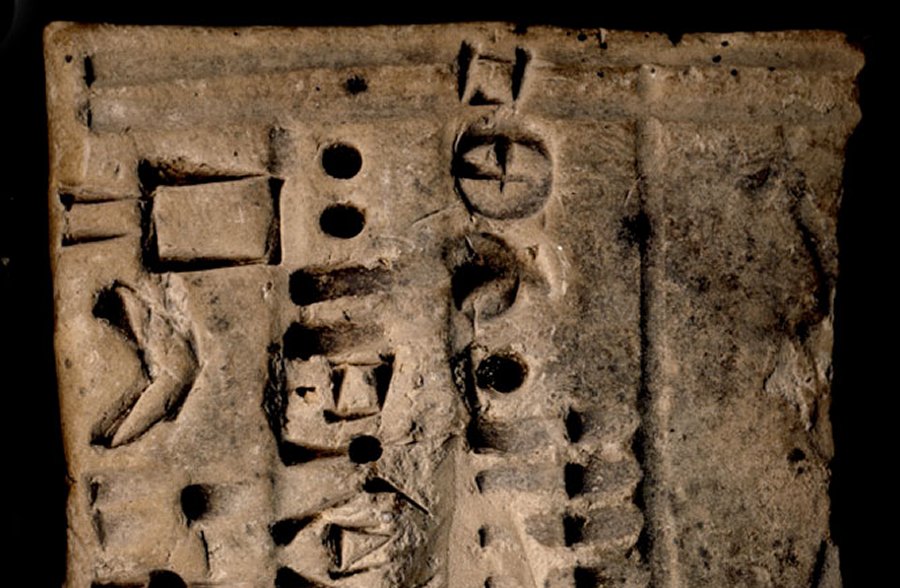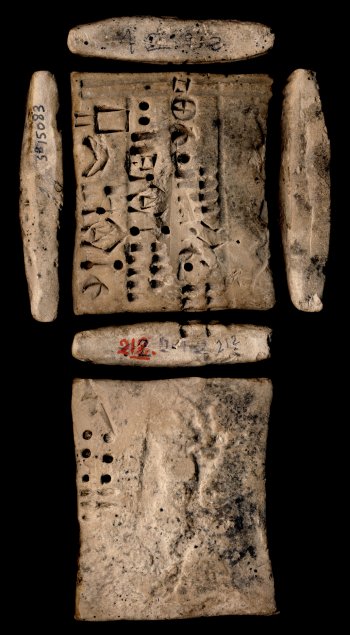Secrets Of The 5,000 Year-Old Proto-Elamite Tablets
MessageToEagle.com – Archaeologists have unearthed over 1,600 cuneiform tablets written in Elamite, but deciphering the writing system is a very difficult task.
Uncovering the secrets of the 5,000-year-old tablets requires not only knowledge of linguistics and ancient history, but also the use of high-technology.
Over 2,000 years, starting in about 2500 B.C. a script called proto-Elamite was used frequently in south-western Iran. It eventually became one of the languages written in the Achaemenid Empire of Persia until its conquest by Alexander the Great.

Some linguists believe Elamite to be related to the Dravidian languages of South India, which include Tamil, and an Elamo-Dravidian family stretching from the Gulf to India could include the language of the Harappan civilisation in the Indus Valley.
One of the reasons it is so hard to decipher the script is because it is unlike any other ancient writing style. There are no bi-lingual texts and few helpful overlaps to provide a key to these otherwise arbitrary looking dashes and circles and symbols.
This is a writing system and not a spoken language which means so there is no way of knowing how words sounded, which might have provided some phonetic clues.
The original texts also seem to contain many mistakes and this makes it extremely complicated for anyone trying to find consistent patterns.

According to Jacob Dahl, fellow of Wolfson College, Oxford and director of the Ancient World Research Cluster it “was not just a case of the scribes having a bad day at the office. There seems to have been an unusual absence of scholarship, with no evidence of any lists of symbols or learning exercises for scribes to preserve the accuracy of the writing.”
“The lack of a scholarly tradition meant that a lot of mistakes were made and the writing system may eventually have become useless,” Dr. Dahl said
What can the language be? The origins of the Elamite language and people, the uncertain connection between the Elamites and their proto-Elamite predecessors has proved a challenge for scholars.

The script includes some common elements with early Mesopotamian writing, but a lack of bilingual texts and a great deal of scribal deviations has hampered the researchers’ ability to discover linguistic patterns.
See also:
World’s Oldest Dictionaries Are 4,500-Year-Old Cuneiform Tablets Discovered In Ebla
3,400-Year-Old Tragedy That Occurred In Ancient Elamite Site Of Haft Tappeh, Iran
Mystery Of The Proto-Elamite Tablets- Cracking The World’s Oldest Undeciphered Writing
Currently, it is not entirely clear whether the script of south-western Iran came before or after that of Mesopotamia. Though the Proto-Elamite is a derived writing system originating from the Uruk invention of writing in southern Mesopotamia during the middle of the 4th millennium B.C. it is still different from the proto-cuneiform.
Dr Dahl has a website for people wanting to get involved with the decipherment.

Even without knowing all the symbols, Dr Dahl says it’s possible to work out the context of many of the messages on these tablets.
The numbering system is also understood, making it possible to see that much of this information is about accounts of the ownership and yields from land and people.
They are about property and status, not poetry.
This was a simple agricultural society, with a ruling household.
Below them was a tier of powerful middle-ranking figures and further below were the majority of workers, who were treated like “cattle with names”.
Their rulers have titles or names which reflect this status – the equivalent of being called “Mr One Hundred”, he says – to show the number of people below him.
The tablets also have surprises.
Even though there are plenty of pictures of animals and mythical creatures, Dr Dahl says there are no representations of the human form of any kind.
Not even a hand or an eye.
Was this some kind of cultural or religious taboo? We don’t know yet.
The good news is that Dr. Dahl says scientists are finally on the point of making a breakthrough in deciphering the script and hopefully the great lost writing could soon be fully understood and a 5,000 year-old mystery might be solved in the near future.
First version of this article was origanlly published on July 7, 2014
Copyright © MessageToEagle.com. All rights reserved. This material may not be published, broadcast, rewritten or redistributed in whole or part without the express written permission of MessageToEagle.com.
source: Oxford University










